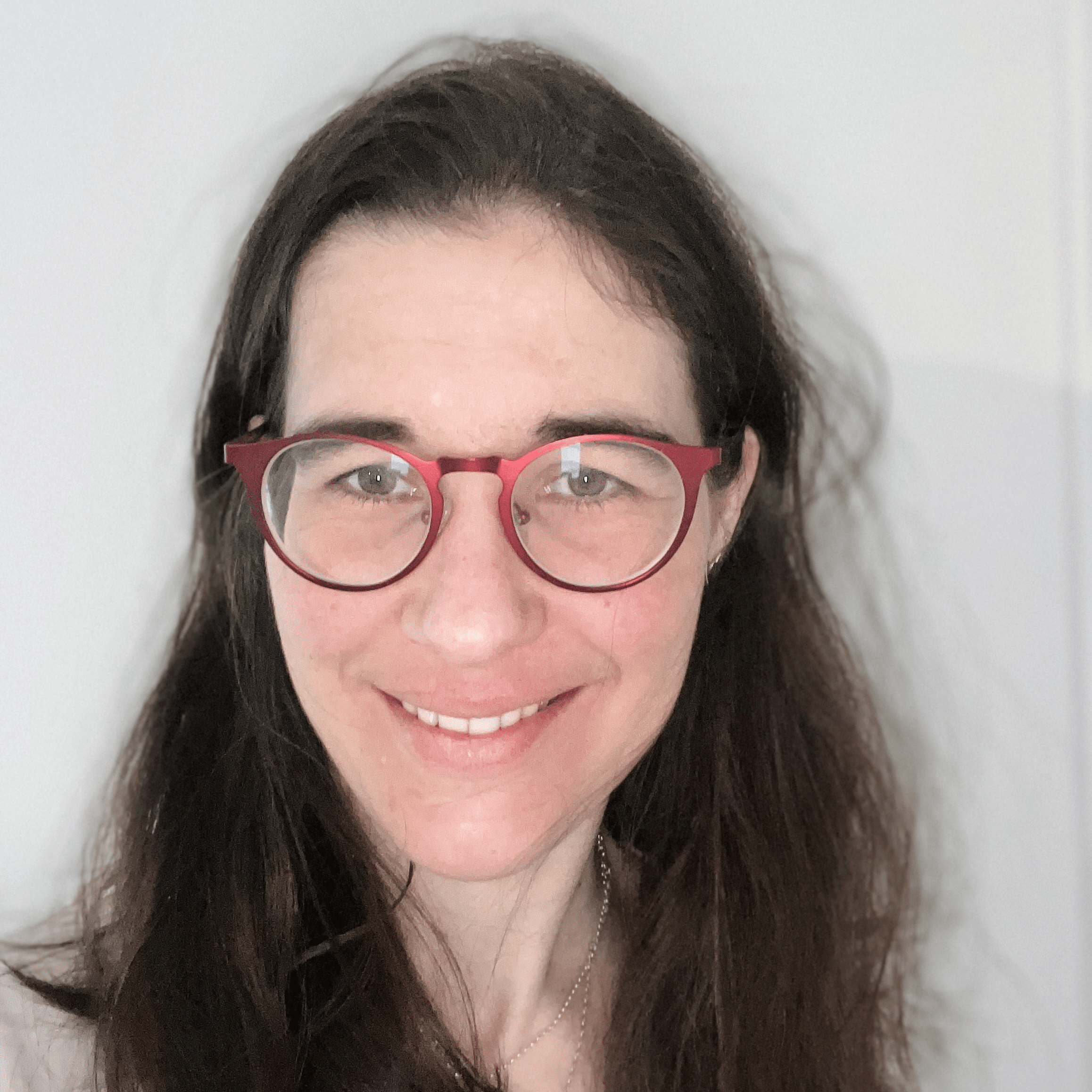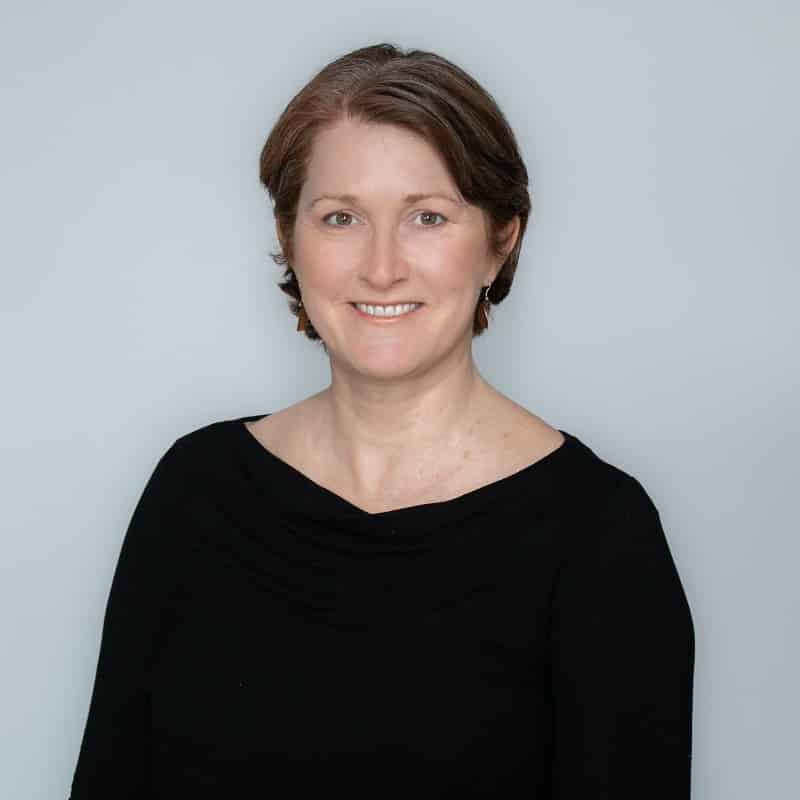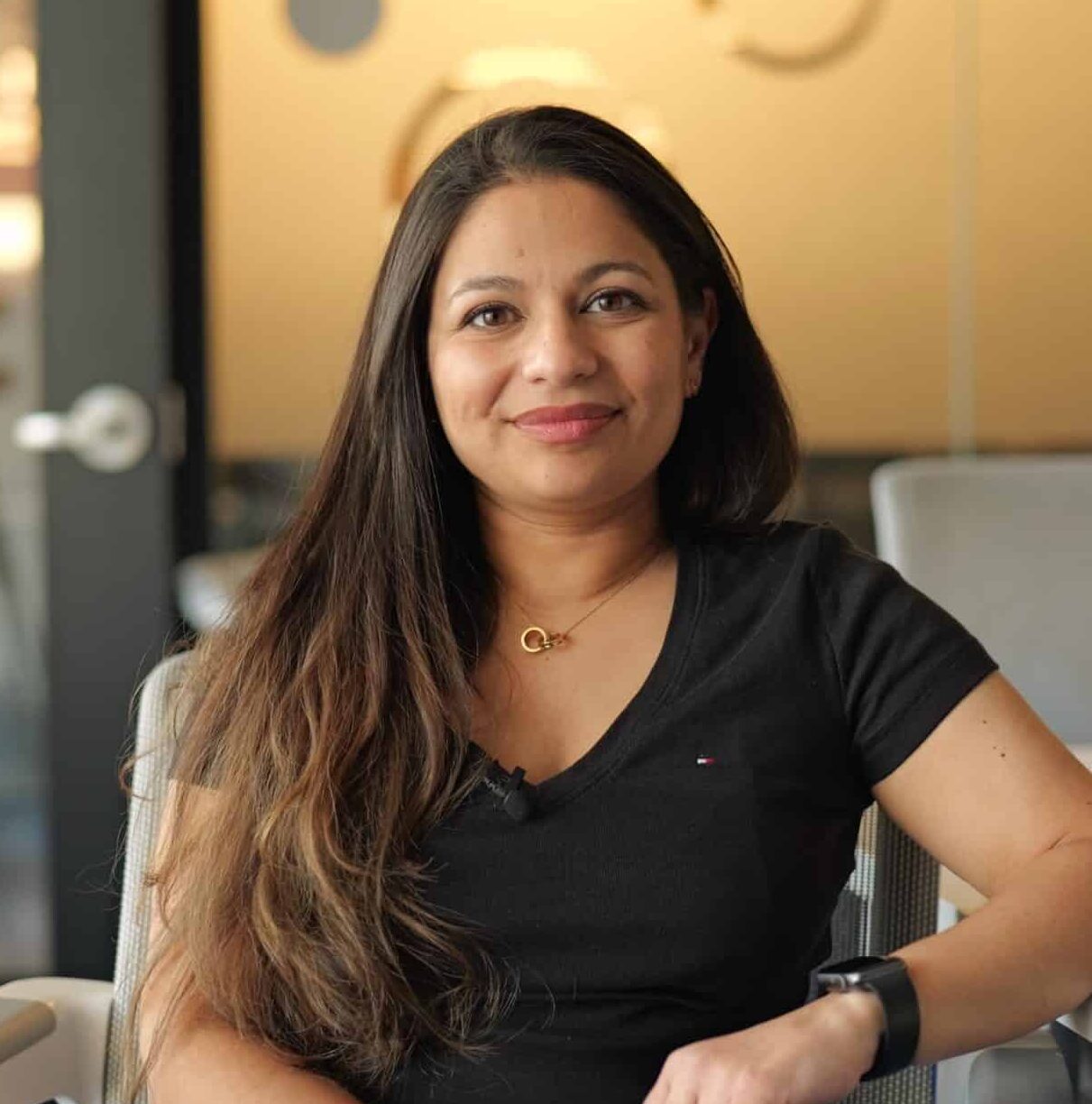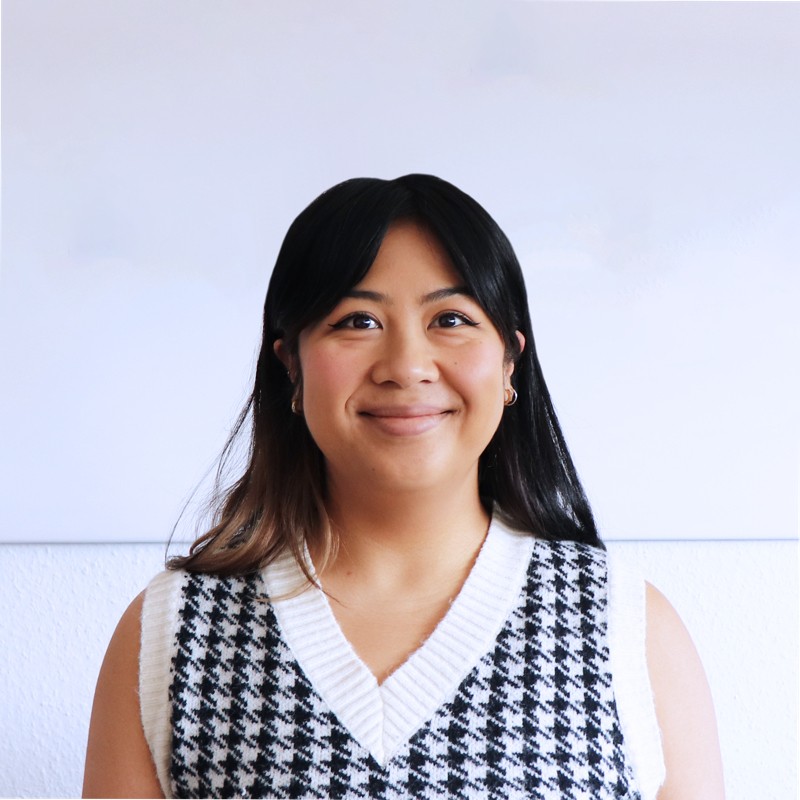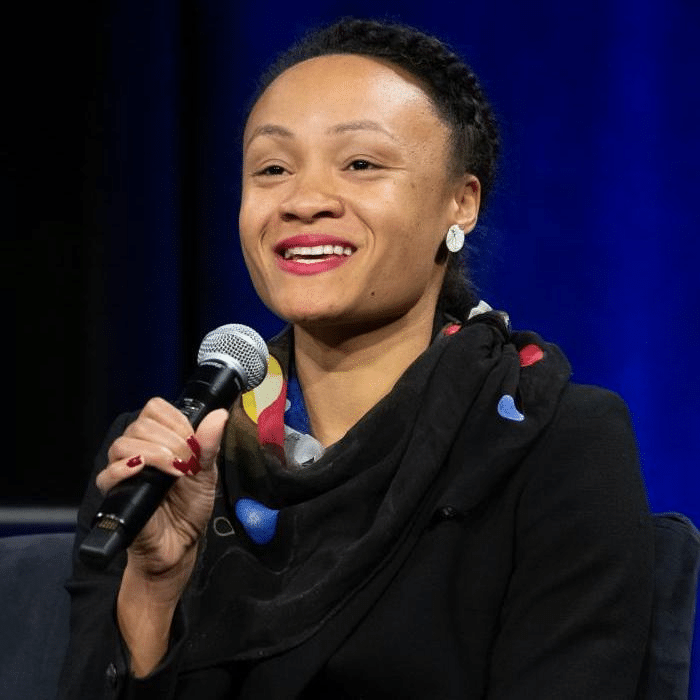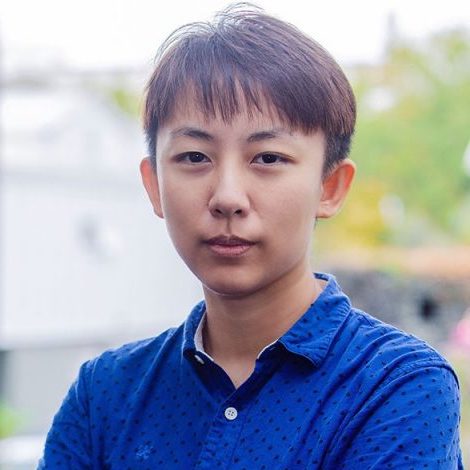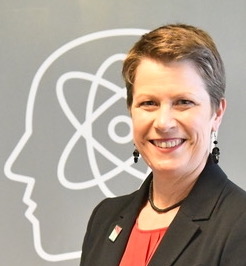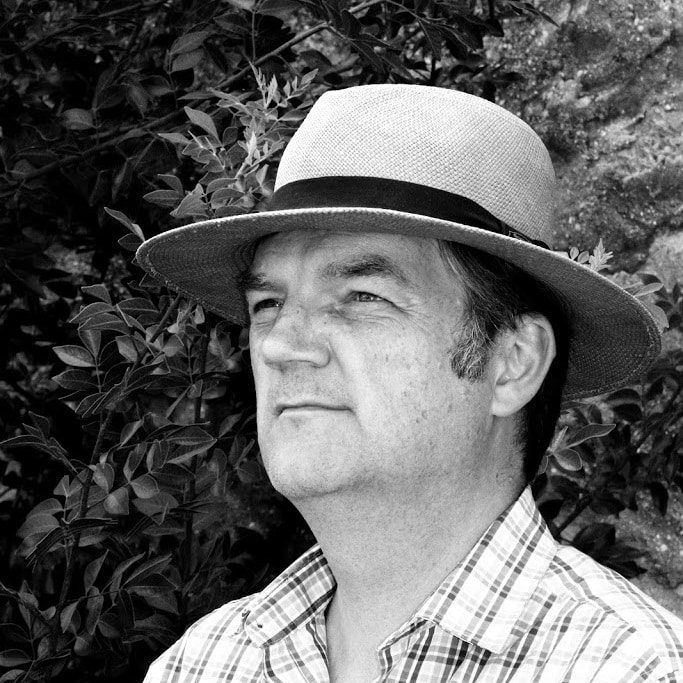
Considering Artificial Intelligence research happens in six different Fields of Research (FoRs) – the basic fields of AI and ML, but also a computational angle of Maths, Chemistry, Biology and Psychology – I wondered in the first post of this series if this would lead to siloed research.
Progress will happen in all of these six fields, so there is a risk that research happens in parallel; findings may not translate broadly if cross-pollination among fields is weak. The present analysis explores the interconnectedness of publications across AI-related Fields of Research over the past decade. Specifically, I constructed a global citation network mapping out how much scholarly papers in one field cite those in other fields. My goal was to identify tendencies towards knowledge fragmentation or collaboration within the AI scholarly landscape.
Overall network
I built a citation network of the FoRs for the 10-year period 2014-2023. Each of the 172 nodes represent a FoR – their links represent the number of times publications in this FoR cites each other. Like in our previous analysis, I considered AI to encompass the following FoRs:
- 4602 Artificial Intelligence
- 4611 Machine Learning
- 3102 Bioinformatics and Computational Biology
- 4903 Numerical and Computational Mathematics
- 3407 Theoretical and Computational Chemistry
- 5204 Cognitive and Computational Psychology
Figure 1 below shows the graph representing the citation network of the main FoRs. I used Gephi to create the network, and made the layout with Yifan Hu Proportional. I kept only the cited FoRs that were cited more than 10%; a few FoRs were excluded from the network as less than 10% of their citations were to other FoRs (4806 Private Law and Civil Obligations, 4801 Commercial Law, and 3602 Creative and Professional Writing).
The six FoRs relevant to AI are colored while the remaining FoRs are in light grey. The main part of the network in the center is bean shaped and has two short tentacles: at the top Music and Performing Arts, and at the bottom Theology and Religious Studies. These fields of research only cite each other.
Otherwise all remaining FoRs are tightly linked to each other. The largest grey node, Clinical Sciences, is at the center top of the bean shaped network – this is where health related fields are found, while non-health related fields are in the bottom half.
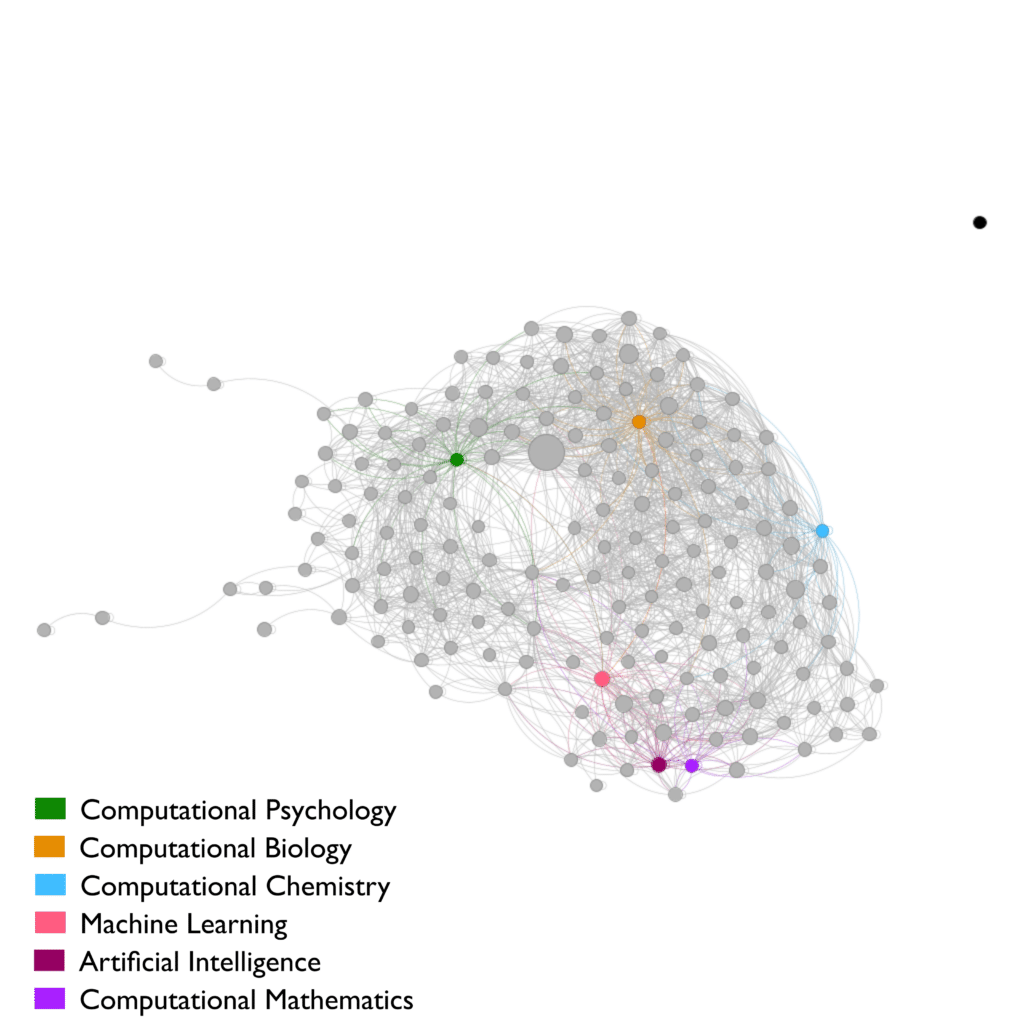
AI-related fields
AI, ML and Computational Mathematics
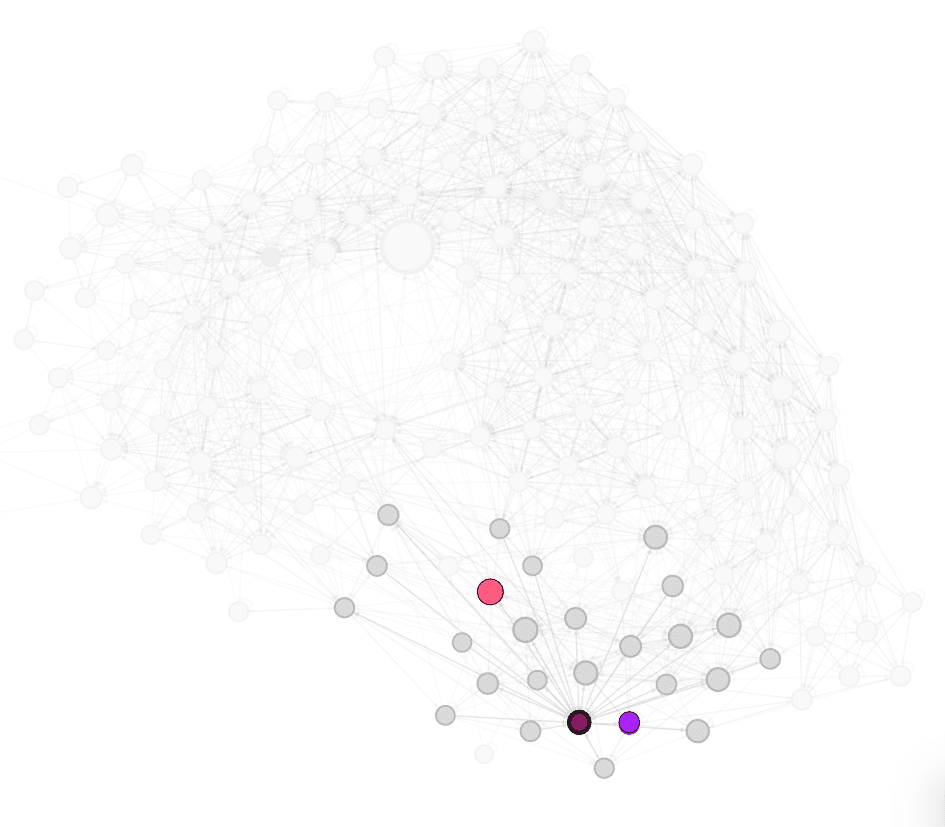
| 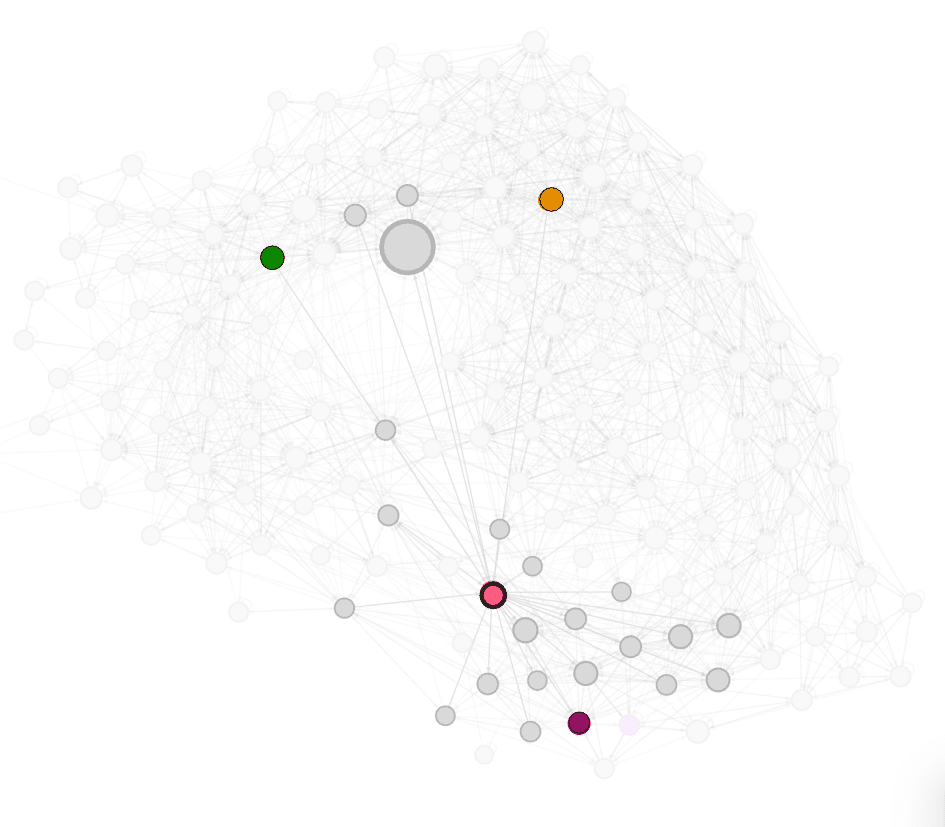
| 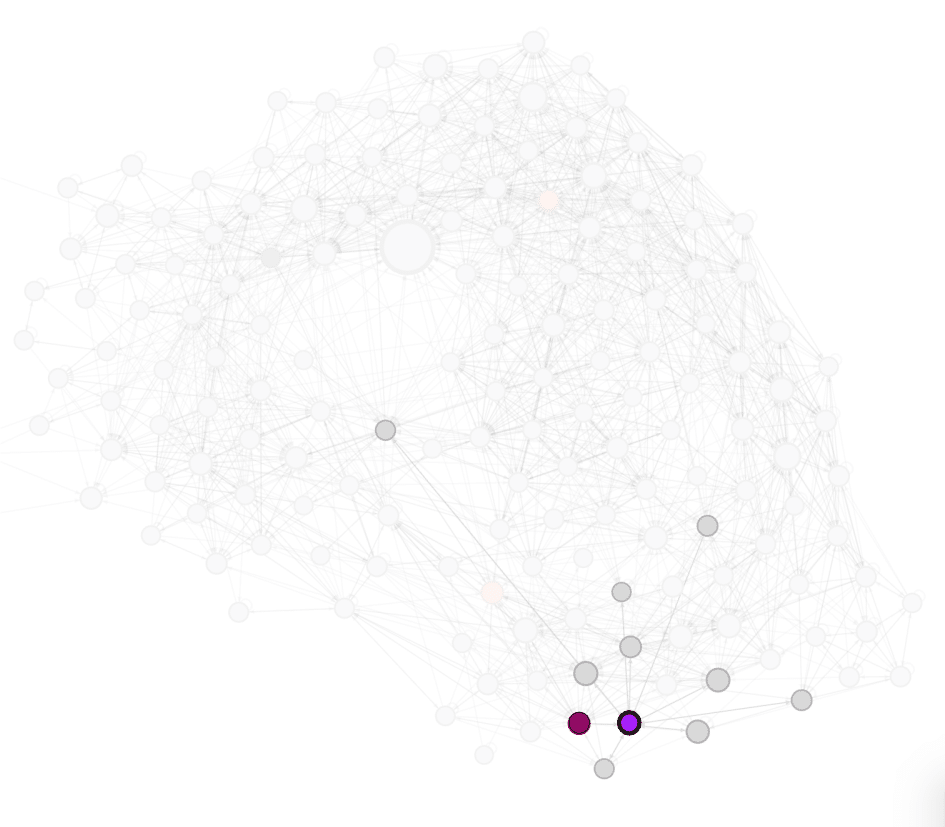
|
Based on the citation network, it appears that both basic AI-related fields, AI (dark purple) and ML (pink) are closely related to Computational Mathematics (light purple), with AI being even closer to Computational Mathematics than to ML. Knowledge exchange is therefore important between the three fields, and evolution in the basic fields will be easily applied into Computational Mathematics.
Others
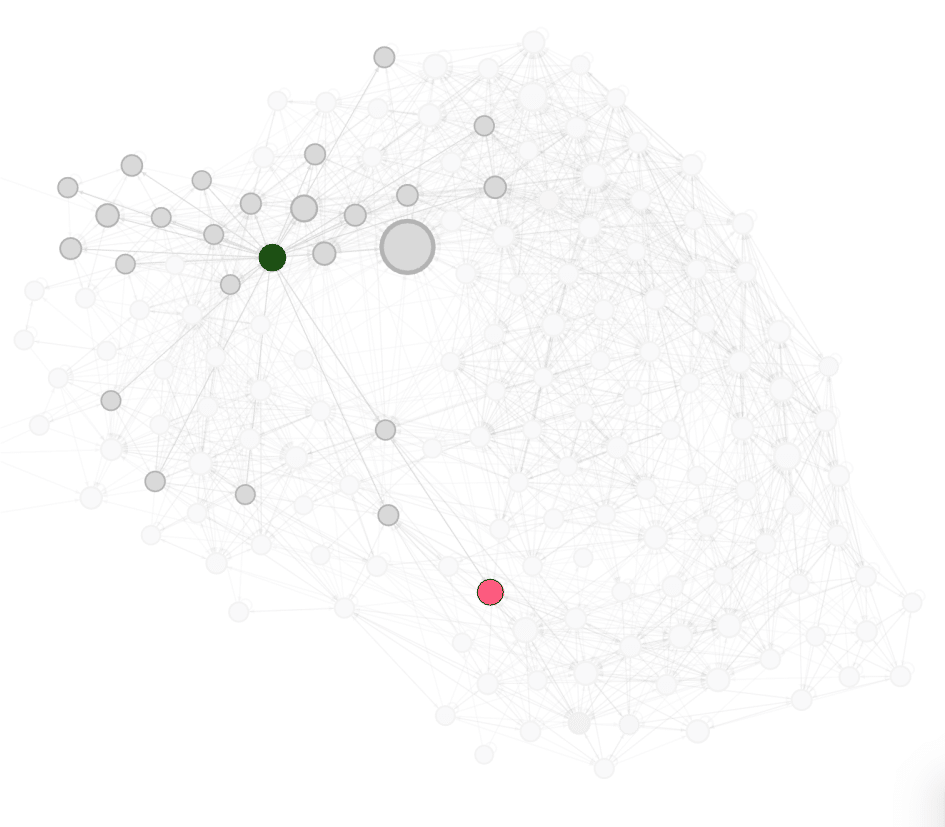
| 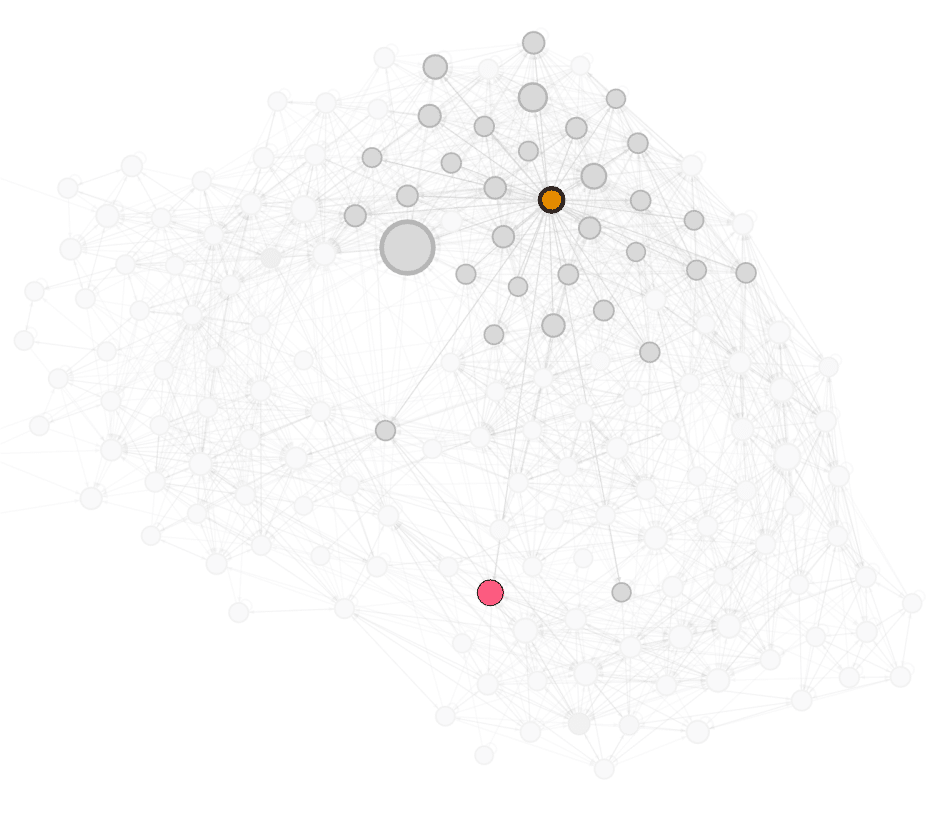
| 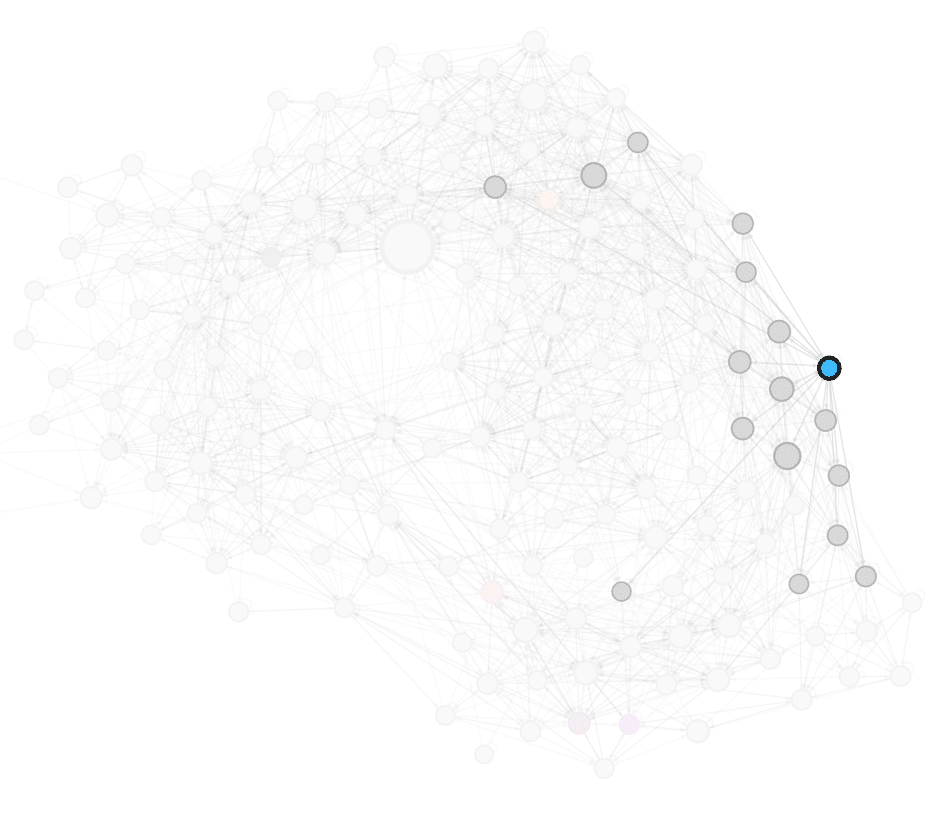
|
Publications in the Computational Psychology (green) and in the Computational Biology (orange) fields cite publications in the ML (pink) field, among others.
However, publications in the Computational Chemistry (blue) field are far removed from ML or AI, since less than 10% of cited publications are in either field. They do cite fields in the Applied Computing field, so knowledge transfer is likely to happen at a slower pace.
Conclusion
The present analysis of citation flows between AI-related fields over the past decade reveals significant integration among core disciplines like AI, ML and Computational Mathematics, but more isolated pockets of research within applied domains including Chemistry and Psychology. While Computation Mathematical approaches are likely to rapidly absorb theoretical advancements, fields still early in adopting AI face more barriers translating recent progress across disciplinary divides.
Sustained efforts to break down silos through funding, conferences and communication channels can prevent bifurcation of knowledge and instead catalyze creativity across the AI research landscape.

